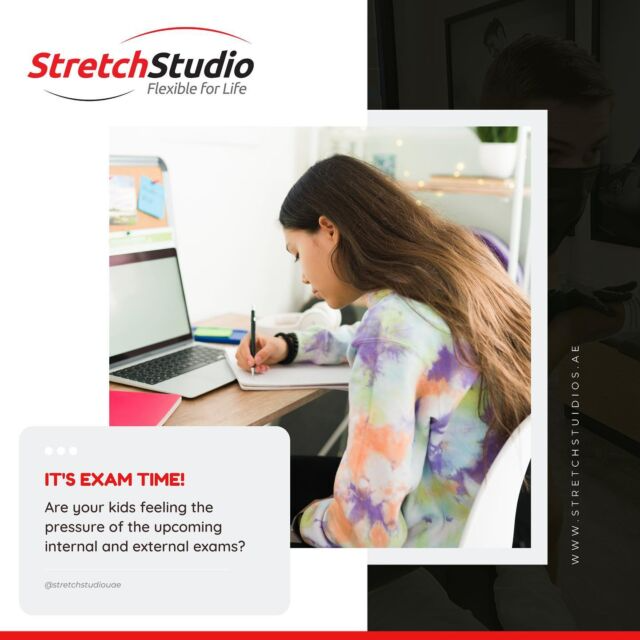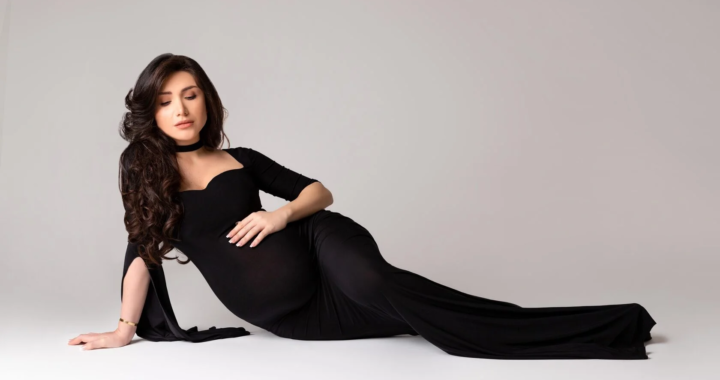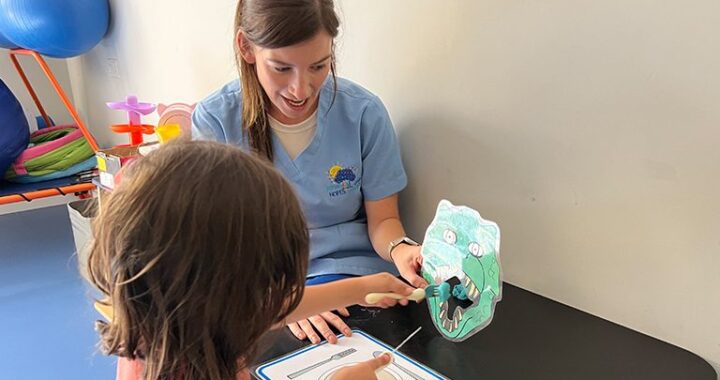Understanding The Different Types Of Stretching

Stretching is a fundamental aspect of physical fitness, essential for maintaining flexibility, preventing injuries, and improving overall performance. There are various types of stretching Dubai Marina techniques, each with its specific benefits and applications. Understanding these different types can help you incorporate the most suitable stretches into your routine to meet your fitness goals.
Static stretching:
Static stretching involves holding a stretch in a challenging but comfortable position for a period, typically between 15 to 60 seconds. This type of stretching is effective for increasing overall flexibility and range of motion. It’s often performed at the end of a workout to help relax the muscles and improve recovery. Common examples include hamstring stretches, quadriceps stretches, and shoulder stretches.
Dynamic stretching:
Dynamic stretching involves moving parts of your body and gradually increasing reach, speed, or both. Unlike static stretching, dynamic stretching is typically done as part of a warm-up routine before physical activity. It helps prepare the muscles for exercise by improving blood flow and increasing muscle temperature.
Ballistic stretching:
Ballistic stretching uses the momentum of a moving body or a limb to force it beyond its normal range of motion. This type of stretching involves bouncing movements, such as repeatedly trying to touch your toes. While ballistic stretching can increase flexibility, it carries a higher risk of injury if not done correctly.
Proprioceptive neuromuscular facilitation (PNF):
PNF stretching is an advanced form of flexibility training that involves both stretching and contracting the targeted muscle group. Typically, PNF stretching is done with a partner or a trainer. The most common method is the contract-relax technique, where the muscle is stretched, contracted against resistance, and then stretched further.
Active stretching:
Active stretching involves holding a stretch using only the strength of your muscles. You assume a position and then hold it without any assistance other than using the strength of your agonist muscles. Active stretching is beneficial for improving flexibility and strength.
Passive stretching:
Passive stretching, also known as relaxed stretching, involves using an external force, such as a partner, gravity, or a stretching device, to help achieve a stretch. This type of stretching allows you to relax the muscle you’re stretching and relies on external pressure.
 The Role Of Kitchen Companies In Renovation Projects
The Role Of Kitchen Companies In Renovation Projects  Maternity Shoot Must-Haves – Items To Bring
Maternity Shoot Must-Haves – Items To Bring  How To Work With An Occupational Therapist For Infants
How To Work With An Occupational Therapist For Infants  5 Creative Brunch Themes to Impress Guests
5 Creative Brunch Themes to Impress Guests  Choosing The Right Location For Elevator Media Advertising
Choosing The Right Location For Elevator Media Advertising  Essential Strategies For Effective Futures Trading
Essential Strategies For Effective Futures Trading